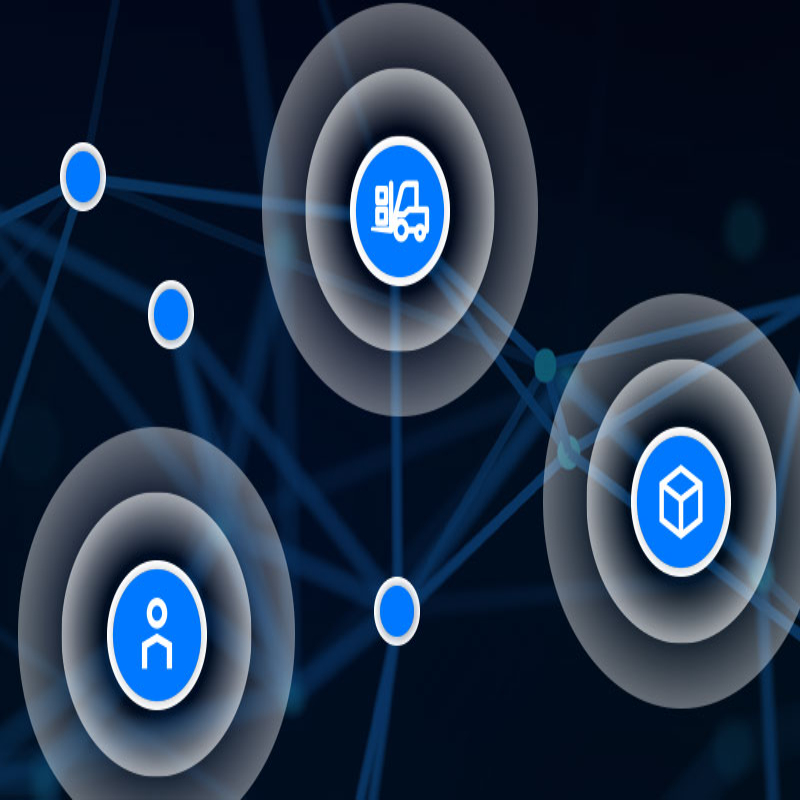Navigating the Future with Real-Time Location Systems (RTLS)

In today’s fast-paced world, knowing where assets, people, and objects are at any given moment is a critical aspect of optimizing operations, enhancing security, and improving efficiency. Real-Time Location Systems (RTLS) are a revolutionary technology that is transforming industries by providing real-time, precise information about the location of assets and personnel. In this blog, we’ll explore the world of RTLS, its applications, technologies, and the benefits it offers.
Understanding Real-Time Location Systems (RTLS)
Real-Time Location Systems, commonly referred to as RTLS, is a technology that allows organizations to track and monitor the real-time location of assets or individuals. It is a dynamic solution that provides accurate and up-to-the-minute information about the location, movement, and status of people or items. RTLS utilizes a combination of hardware, software, and communication technologies to achieve this.
Key Components of RTLS
- Tags/Transponders: These are devices that are attached to or embedded within the objects or individuals to be tracked. Tags can vary in size and technology, such as RFID (Radio-Frequency Identification), GPS, or Bluetooth.
- Readers/Receivers: These are fixed or mobile devices that communicate with the tags, collecting location data and transmitting it to the central software.
- Infrastructure: RTLS may require additional infrastructure such as access points, antennas, and signal repeaters to ensure comprehensive coverage.
- Software: The central software platform processes the data received from the tags and provides real-time location information through a user-friendly interface.
Applications of RTLS
- Asset Tracking: RTLS is used to track and manage physical assets in industries such as healthcare (e.g., tracking medical equipment), logistics and supply chain (e.g., monitoring cargo and inventory), and manufacturing (e.g., managing tools and machinery).
- Personnel Safety: In high-risk environments, like construction sites and manufacturing facilities, RTLS ensures the safety of employees by tracking their location and alerting in case of emergencies.
- Healthcare: Hospitals employ RTLS to track the location of patients, medical staff, and medical equipment, which enhances patient care and streamlines hospital operations.
- Retail: RTLS helps retailers improve inventory management, optimize store layouts, and offer personalized services to customers.
- Transportation: Public transportation systems and logistics companies use RTLS to enhance route optimization, monitor vehicle fleets, and improve passenger safety.
- Security: RTLS can be used to enforce access control, manage visitors, and ensure security in restricted areas.
Benefits of RTLS
- Improved Efficiency: Real-time tracking and monitoring help organizations optimize workflows, reduce asset loss, and enhance operational efficiency.
- Enhanced Security: RTLS provides real-time location data, helping security personnel respond quickly to incidents or unauthorized movements.
- Cost Savings: By reducing asset loss, streamlining operations, and minimizing manual tracking efforts, organizations can save money.
- Data-driven Decisions: Accurate data from RTLS systems enable data-driven decision-making, leading to improved resource allocation and customer service.
- Compliance and Accountability: In industries with regulatory requirements, RTLS can provide documentation and accountability for compliance.
Challenges and Considerations
While RTLS offers many advantages, there are also challenges to consider:
- Cost: Implementing an RTLS can be expensive, involving the purchase of hardware, software, and integration with existing systems.
- Privacy Concerns: Tracking individuals or assets raises privacy concerns, so organizations must establish clear policies and guidelines.
- Scalability: The system needs to be scalable to adapt to the evolving needs of an organization.
- Interoperability: Ensuring that RTLS solutions can integrate with existing infrastructure and systems is crucial.
Conclusion
Real-Time Location Systems (RTLS) are transforming industries by providing real-time, precise location information about assets and individuals. From asset tracking to enhancing security and improving operational efficiency, the applications of RTLS are diverse and growing. By understanding the technology, its components, and the benefits it offers, organizations can harness the power of RTLS to navigate the future successfully, making informed decisions and optimizing their operations. As technology continues to advance, RTLS is expected to play an even more significant role in our connected world.
You can develop your own digitalization strategy using Suraj Informatics RTLS, accelerating the shift of your production and logistics.
